One wonders what that number would look like if the survey asked how many retailers provided experiences that actually delight shoppers...


Regardless of Khloe Kardashian’s popularity, Good American has acquired a loyal fanbase due to its focus on democratizing high-end jeans. A category once limited to a very narrow size range, Good American provides trendy denim (and other fashion categories) to sizes 00-24. Moreover, the brand allows visitors to see specific cuts and styles on a model that is their size, adding confidence and relevance to the online shopping experience.


Consider this: 80% of American shoppers say the most critical elements of a positive customer experience are:
Identify what your customers care about. This is more than just product attributes. What are the causes that inspire them?
Home in on a cause or inspiration that is a good match for your brand. It’s not about being a good corporate donor — it’s about how owning or using your products makes the world a better place for your customers.
Make sure everything your company does is authentic and genuine in how it supports that cause — even if it doesn’t make immediate financial sense, it pays off in customer fanaticism that could never be bought.

Ask yourself what your customers may want from the brands in your category.
Determine how you can rethink or reimagine your practices to support a specific cause.
Make sure you’re meeting — or exceeding — customer expectations for things like product quality and service. Transparency and low prices won’t matter if these are lacking.

Now more than ever, consumers are putting more emphasis on the trustworthiness of the brands they shop.
In the context of retail, delight is primarily found within the experience, and in the “experience economy” the importance of achieving delight cannot be overstated. B. Joseph Pine II and James H. Gilmore first described what they called the “experience economy” in a 1998 article arguing that by creating memorable events for customers, businesses can ultimately transform the memory of that experience into their product.
As consumers become increasingly desensitized to the sheer volume of products and brand options at their disposal, they are placing greater importance on experiences. Young people, particularly Millennials and Generation Z, are fueling the experience economy.






The path to building a scalable, successful retail business isn’t what it used to be. Rather than focusing on brick-and-mortar first, cutting-edge brands are starting online and then building digital, hyper-local communities.
The movies
we watch.
The music
we download.
The podcasts we binge.
Even the razors
and paper
towels we use.
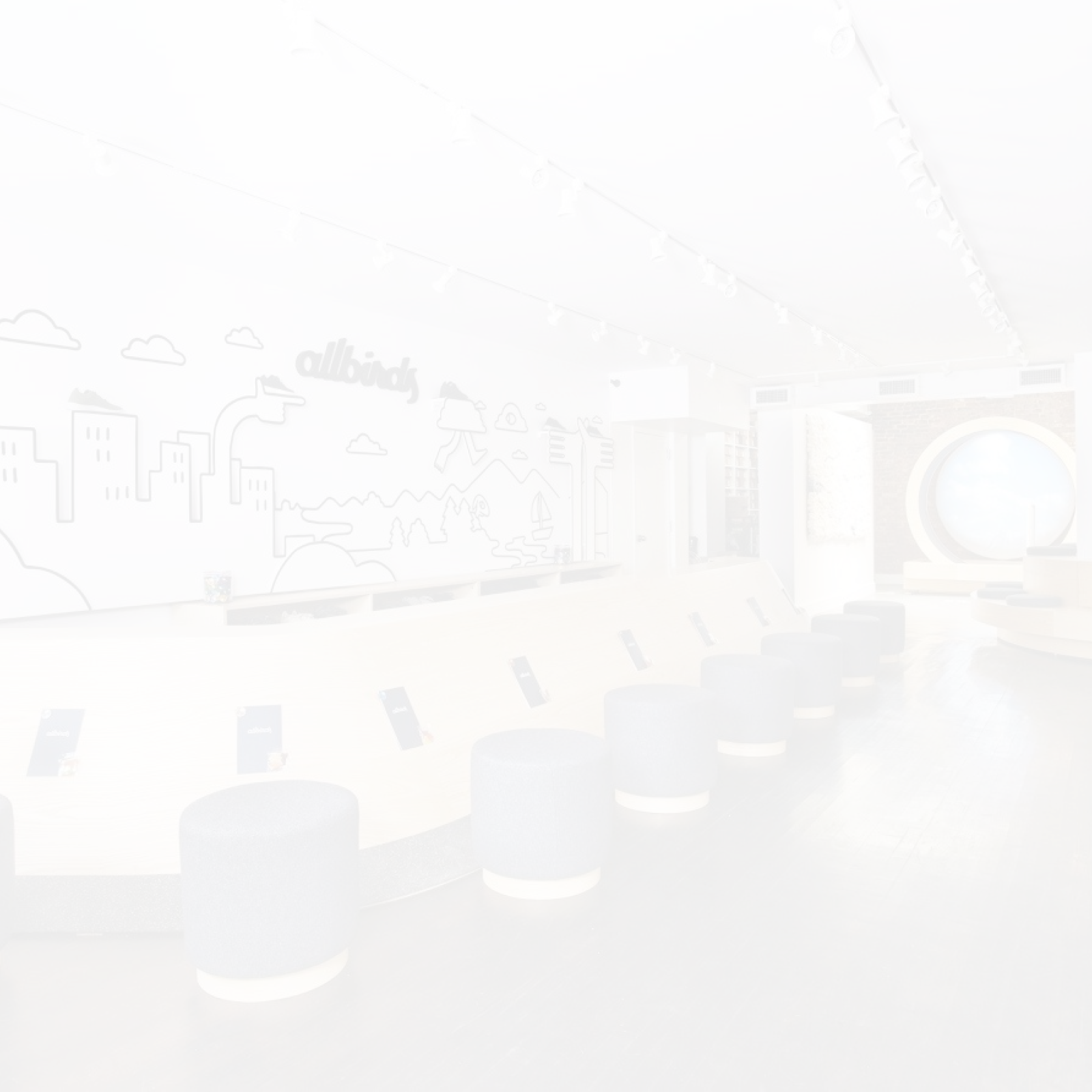




A New Wave of Disruption Is Coming
Innovation is a culture, not a strategy; foster a community that encourages communication and collaboration and rewards innovation.
of Millennials say they’re spending more on events and live experiences than ever before.
THE DEATH OF BAD RETAIL
MEGATREND 1
CONTINUE YOUR JOURNEY




Winning retailers use digital properties to establish their brand promise and integrate that story into their stores.





4.7%
disturbance or problems which interrupt an event, activity, or process.


Your ultimate brand promise.
It is imperative that you are global out of the gate; find your tribe wherever they are in the world and be prepared to compete against global brands.

InMoment

DISRUPTION IS REAL.
AND IT’S A
REAL PROBLEM.

If customers value something highly, they will most likely support a brand that gives everyone access to its products. Such is the case for Thrive Market, which found that customers were not only passionate about healthy food, but were also passionate about making sure that every family of every income level had the same access. For every paid membership, Thrive Market donates a free membership to a low-income family. In addition, the Spread the Health program funds the shopping budgets of these low-income members, while also sending necessary goods to families in crisis.

78%



How these points will be reflected in your brand message and brand experiences.



YOUR TRUST FRAMEWORK
PERSONAS
Having a wealth of new data is great, but the winning retailers are those who know what to do with it. As consumers, we instinctively expect relevance in all areas of our lives. We are constantly presented with options that reflect our tastes and preferences:
FOCUS
ON TRUST

Hover for stats.


The retailers we studied that are consistently delighting shoppers tell us that they have branched beyond old-school data collection methods. They are finding new ways to walk through their brand experience in their customers’ shoes. They tell us they are often surprised by what they find, and that they constantly apply these findings to their experience strategies.


DESIGNING RELEVANT EXPERIENCES: THE 5 P’S

YOUR NEW
MANTRA








Consumers are shifting their expenditures from goods to experiences.
Actual behaviors, pain
points, lifestyles
and personal beliefs

To better understand how these trends are impacting the industry,
we’ve studied dozens of retailers — retailers from different categories, pursuing a variety of target customers, and retailers executing different growth strategies.
Through this analysis, we found the organizations that are thriving in the era of constant disruption display a consistent set of behaviors and practices. We were able to break these methods into six key steps that we believe every retailer should follow in order to create an enterprise built for change.


Annette Franz, CEO of
CX Journey™, a customer experience strategy consulting firm, explains that organizations must evolve from customer segments
to customer “personas.”


Undoubtedly one of the most popular examples of social responsibility in retail, Warby Parker distributes glasses to people in need, for every pair that’s purchased. The “buy one, give one” mission is integrated into the core brand messaging, and the company has a section of the site dedicated to this mission. Since its inception, the brand has donated more than five million pairs of glasses through the program.
This research reaffirms the idea that experiences transcend trends and customer demographics. Experiences are now a critical part of most consumers’ shopping journeys. However, retail (as a whole) has some catching up to do with these new shopper expectations.
Also, unsurprisingly, only 34% of retailers can identify their customers at the moment of interaction, according to research from Selligent. These “blind spots” hinder them from delivering tailored product recommendations, offers and service where it matters most.
Really Know
Your Customers


“Delighting Customers” is step one for a reason.
Do they feel proud and inspired to use your products?
Creating brand experiences that delight is the only sustainable source of differentiation left.
And the reality is, consumers are seeking meaningful experiences in every aspect of their lives.


This iPaper is the first in a series of six, where we’ll delve into each of the steps you must take in order to cultivate a culture of positive change and empower your team to conquer this disruptive era with gusto.


Winning retailers use digital properties to establish their brand promise and integrate that story into their stores.






MEGATREND 3

Bad Retail Is Dead
You may think you know your customers, but do you really? Take a moment to write down everything you know about your ideal customer. If most of the items on your list fall under basic demographic information, you may be out of touch with who your customers are and what they really want from you.
Traditional data collection methods don’t paint the detailed picture of customers that you need to create relevant experiences that consistently delight.
Sure, you may know their name, age and past purchases, but do you understand their motivations and expectations?



Visit the “Built for Change” microsite
for more insights and resources.
It is imperative that you are global out of the gate; find your tribe wherever they are in the world and be prepared to compete against global brands.




Innovation is a culture, not a strategy; foster a community that encourages communication and collaboration and rewards innovation.
The retailers that will win in the future won’t be singularly focused on the transaction. They will focus on becoming an important partner in their customers’ lives, ready with relevant products and services whenever, wherever and however customers need them. This is the essence of delight.


Goods



Tech DNA does not begin and end with the customer experience: it drives everything.

What and who your customers like -- and how they behave -- is far more important than who they are or where they live.


Source: McKinsey & Company

Leading retailers we studied invest in relevant experiences that directly align to target customers’ expectations, history and values as a key tenet of sustainable loyalty.

You’ve got to understand customers, their needs, their pain points, and the problems they’re trying to solve, before you can design their experience,” Franz said in a PwC article.
Edelman
The Art and Science of Delighting Customers:
• Focus groups
• Mail-in forms
• In-store pamphlets
• Store purchase data
Section Three Coming Up Next:

Accenture
The broader social and environmental issues you
stand for as an organization.
88%
Are your experiences tailored to their needs and priorities?
If you have an in-depth understanding of customers and you are able to design experiences that resonate with them on a deeper level, congratulations! You’re well on your way toward achieving true customer delight. The next phase of your journey revolves around showing your customers that you value them and the relationship they’re willing to build with you. How do you do this successfully? By earning — and keeping — their trust.
Use feedback channels to see if customers want customization in any specific products or areas of the experience.
Research ways you can make these customization experiences come to life online and in stores, and prioritize investments based on customer trends and demands.
Remember that you don’t have to completely redesign your supply chain to support these experiences: 3D printing, laser engraving and computerized embroidery can all support in-store customization and, ultimately, instant customer gratification. When you localize these customizations, it shows you truly understand what makes each neighborhood tick — another source of delight.

Delight Customers

Do your customers feel secure when doing business with you?
Granular data gathered via traditional methods can support and augment these elements to help you meet these “table stakes” customer expectations at every touch point. However, achieving shopper delight requires a deeper level of insight: delight requires in-depth understanding of what makes each shopper tick, as delight means different things to different people.



The advent and ever-presence of e-Commerce has completely eliminated the opportunity for all but a very few to compete on convenience, product and price alone.









Retailers must develop a deep understanding of their target customers. Our research indicates that survival may depend on it.
However, our research also indicates that acquiring deep customer insights requires new thinking, new methods of data collection and new approaches to analysis.




This legendary shoe brand allows customers to roll up their sleeves and get creative. With the “Nike By You” experience, visitors can select their sneaker model and then customize the color and design of several aspects of the shoe, such as the base, overlay and laces. They can even add text and logos to their sneakers and see their creations in real time before they make a purchase.

Tech DNA does not begin and end with the customer experience: it drives everything.
What and who your customers like -- and how they behave -- is far more important than who they are or where they live.

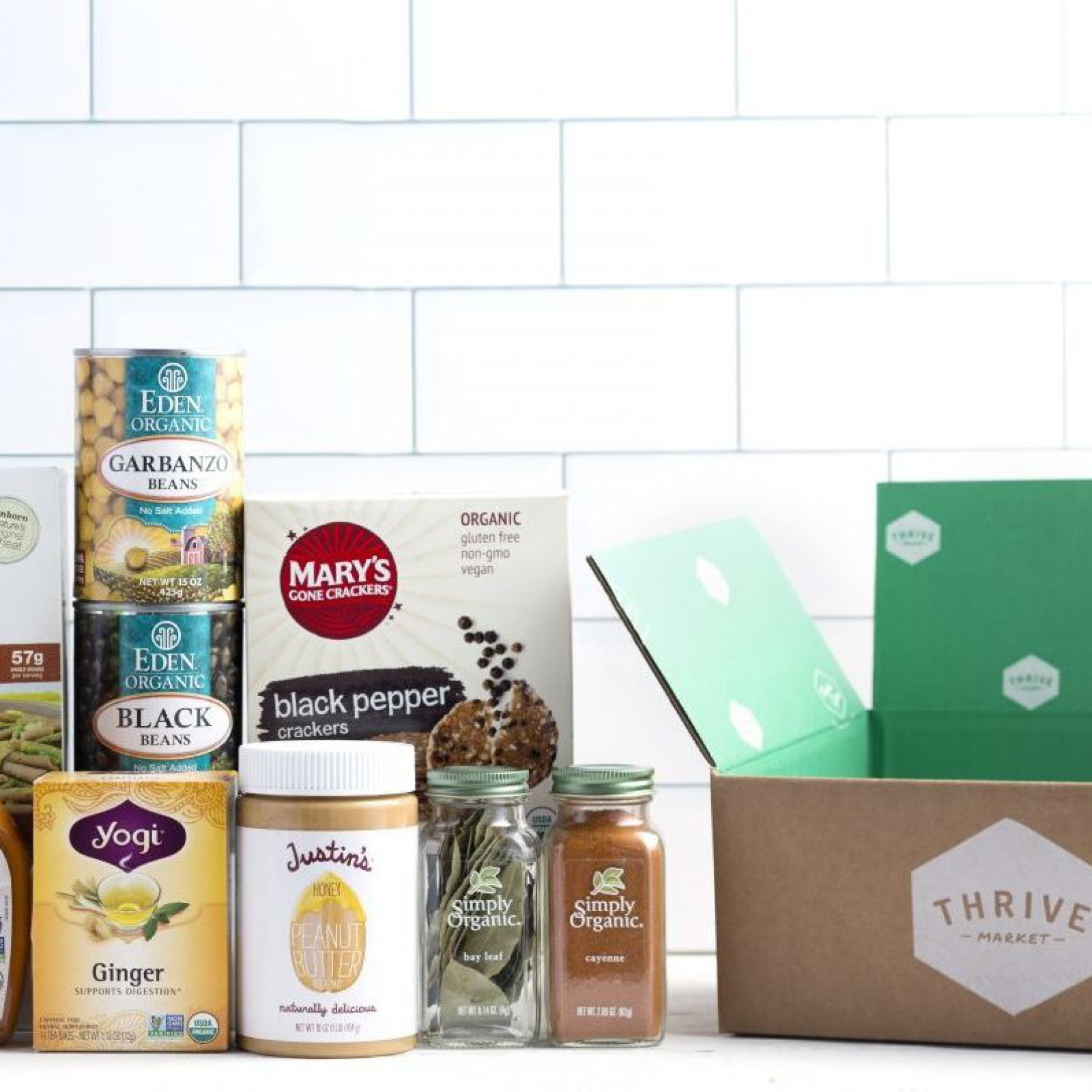


old school





66%
Trying to compete on price alone isn’t sustainable. There
will always be another brand with lower prices or more aggressive promotional tactics, which ultimately creates a race to the bottom.
YOUR NEW MANTRA
disruption

Only 49% of U.S. consumers
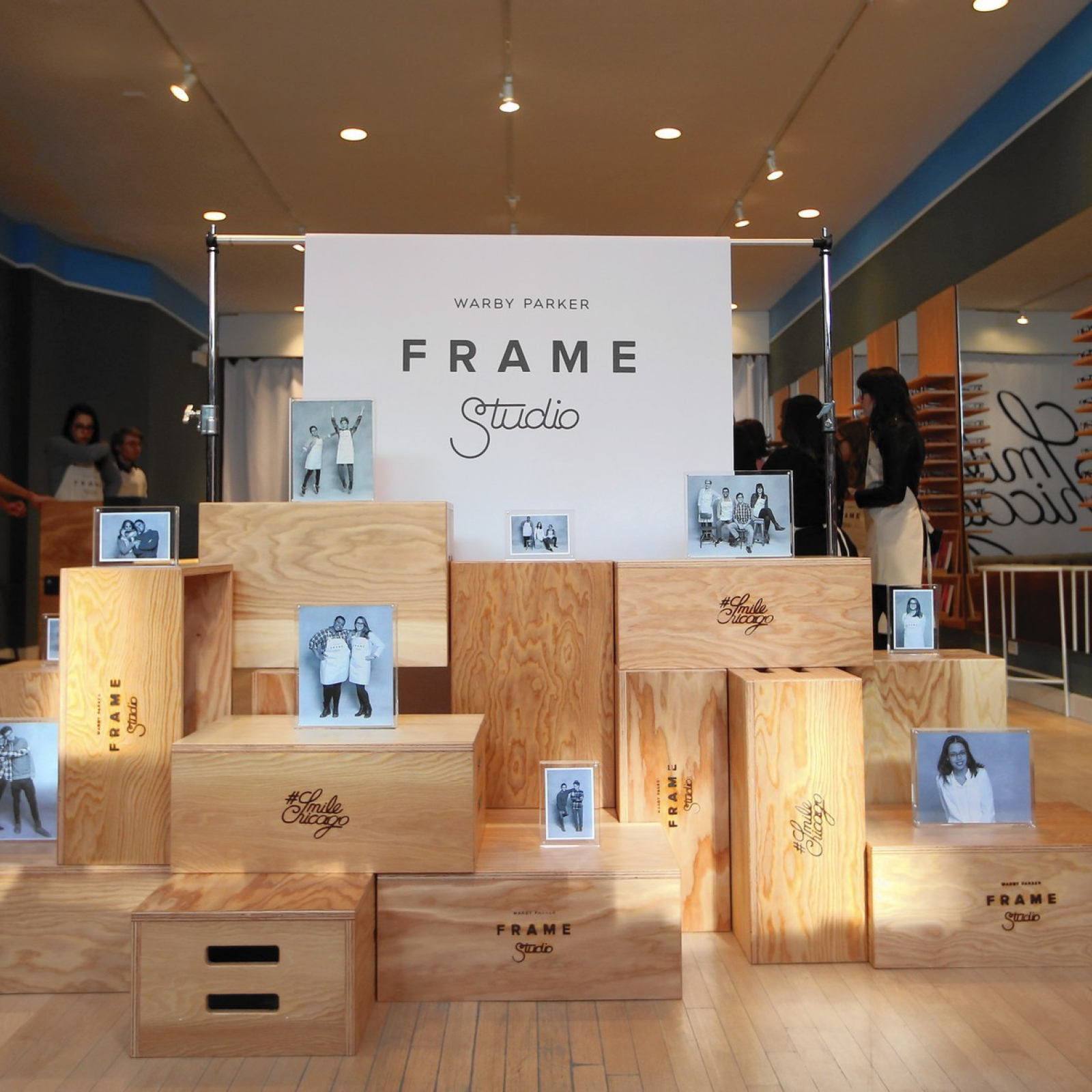


Experiences
REALLY KNOW
YOUR CUSTOMERS
• Omnichannel surveys
• Voice of Customer
tools/programs
• Test stores and pop-ups
• Behavioral analytics
• Omnichannel purchase data
• Social analytics
• Customer advisory boards
• Influencer boards/panels
SEGMENTS


The retailers we studied all excel in one or more of the following five aspects of experiences that are relevant to the unique needs and expectations of each of their customer personas. How does your business measure up in these areas?


ACHIEVE DEEP
CUSTOMER UNDERSTANDING
When consumers no longer trust a brand, they show it in several ways. They may be less likely to engage with your marketing campaigns or visit your online or brick-and-mortar store. Or, their distrust can have a broader ripple effect. For instance, they may no longer purchase from your brand and will proceed to tell their friends, family and entire social media following.


Source: Eventbrite

6.3%
New Methods for Differentiating
in a Competitive Marketplace



Markets and categories are being penetrated by new, disruptive brands, inhibiting the ability to compete on product. Today’s product innovation is tomorrow’s commodity.
Which
causes (and organizations) you support as
a brand.
The onslaught of news headlines focused on the “retail apocalypse” have undoubtedly shaken everyone’s confidence.
However, it isn’t retail that’s dying;
it’s the old-school, transactional
experience that’s dying.

BAD RETAIL
IS DEAD


That’s right. We expect relevance ... and we know that our customers want it, too.
So, why aren’t we doing it? Because many of us haven’t evolved beyond traditional methods of customer segmentation.



55%
We’ve found that successful retailers truly put the customer at the center of everything they do. However, those that are thriving do not attempt to provide something for everyone; that’s Amazon’s strategy.


Section Two Coming Up Next:
When it comes to time and dollars, consumers are feeling stretched. Their attention is being pulled in a multitude of directions — between work, family and personal wellness. As a result, consumers are focusing less on things and more on experiences.


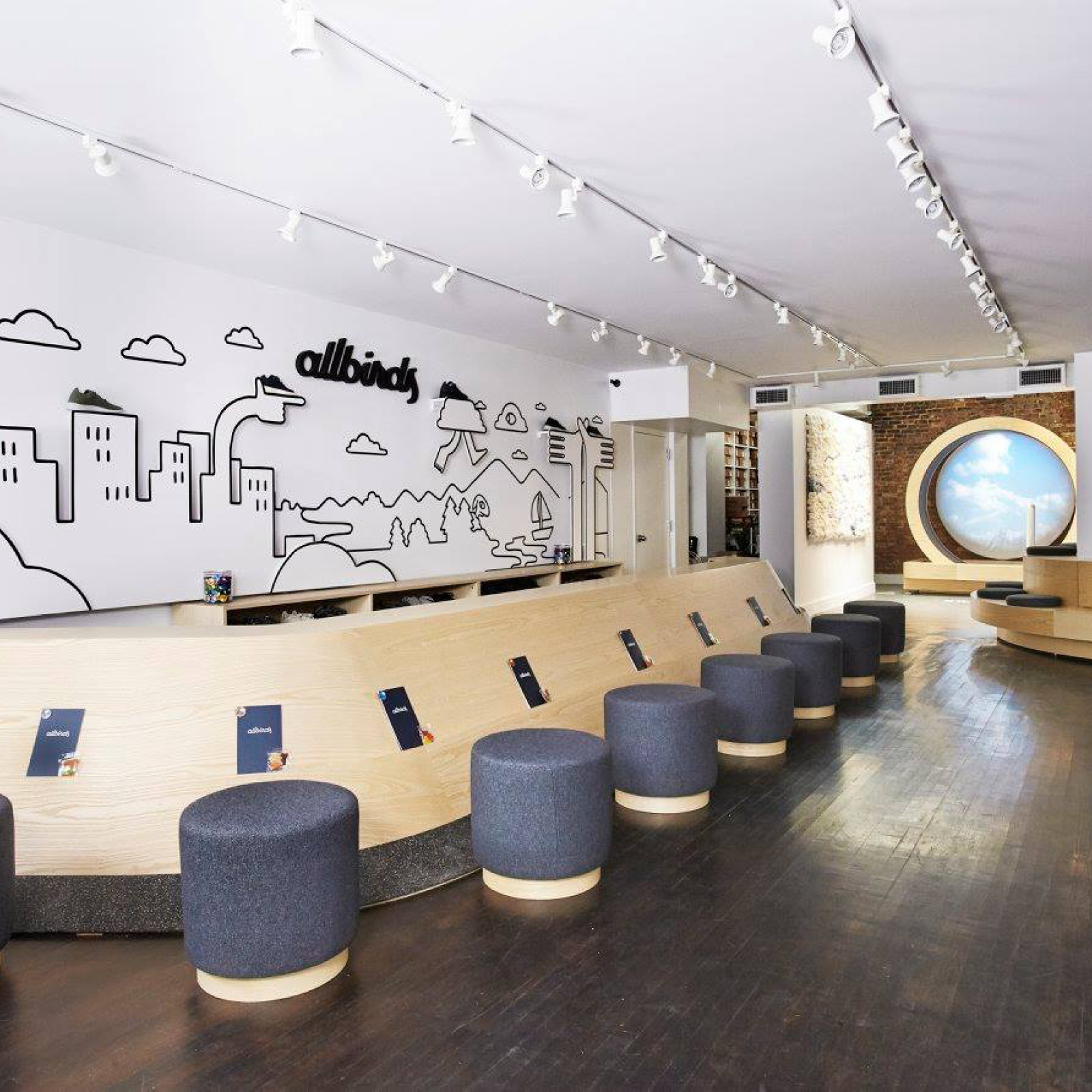
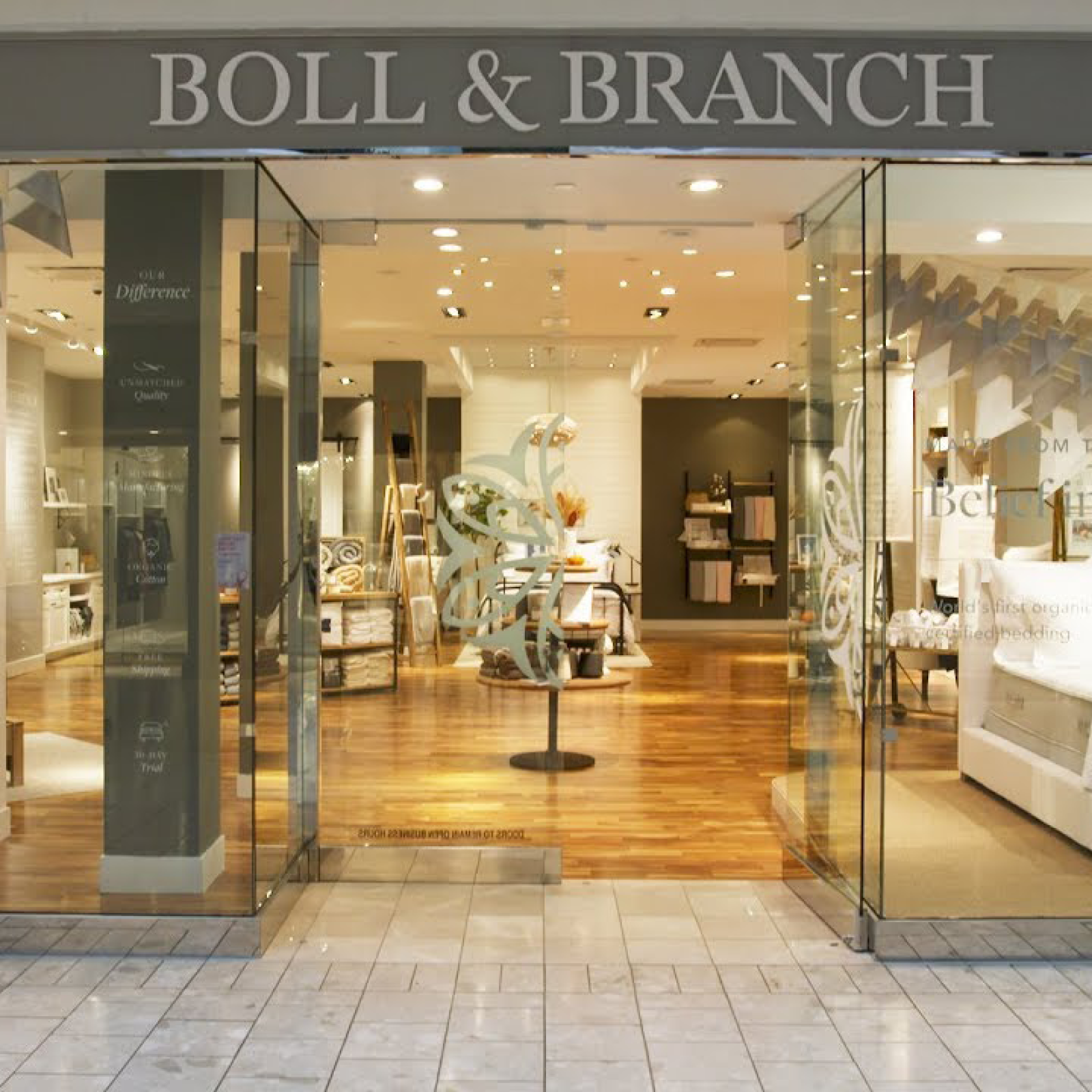



Demographic information
such as age range, sex,
income and location






Can’t wait for the next installment?
Here are a few resources to hold you over:




Traditional Approaches
to Growth
Are Dead



SAY GOODBYE TO SEGMENTS
... AND HELLO TO PERSONAS

CULTIVATE A CULTURE OF TRUST

See how these brands have mastered the “5 P’s” to achieve true relevance among their customers:



In addition to having these core personas represent your target customers, modern CRM systems can marry personas to people to create holistic views of individual customers, which is critical to achieving delight.



Allbirds invented a replacement for a petrochemical foam — that’s made primarily of sugar — to manufacture its shoes. Rather than keeping its groundbreaking intellectual property a secret, the brand gave the formula away as an open source to help other companies with their sustainability efforts. Although the brand has great products that can stand on their own, its dedication to the greater good captures the hearts and minds of many consumers.



1.6%

3.7%
Services



find your tribe
In this new era of retail, trust is currency. To gain and keep customer trust, you must determine:
develop Tech-DNA


The leaders we studied revealed that deep shopper understanding, relevance and trust are the three critical building blocks for achieving customer delight. Retailers must ensure that all three co-exist so they can design experiences that allow them to resonate with consumers and differentiate their brand within the marketplace.
of Millennials would choose to spend money on a desirable experience or event over buying something desirable.
be global early

Shopper Behaviors Will Only Continue to Change

Find a cause that aligns well with your
core offering.
Make the case for your cause. Use hard data and facts to educate consumers about why your mission matters.
Through authentic content and photography, show your peers and customers how your mission is making an impact.

Focus On Trust

Do you share and advance their values?
Mass retailers and marketplaces like Amazon and Jet.com
have invested heavily in their logistics operations, ensuring fast and seamless order fulfillment. Brands and retailers must find different ways to differentiate and add value to consumers’ lives.




MAKE “CUSTOMER DELIGHT”
YOUR NEW MANTRA

67%
Source: pwc




Explain in layman’s terms where your customers’ money is going and how they are making an impact.
Don’t stop at one issue. Strive to understand what issues resonate with your customers and how these social, economic and charitable causes drive their behaviors — shopping-focused and beyond. For example, in addition to its giving initiatives, Thrive Market has transformed its operations, becoming the first e-Commerce company in the U.S. to eliminate waste from its entire fulfillment network.
Identify the pain points in your customers’ journeys; not just in their shopping process, but in their ability to make a confident purchase decision.
Be sensitive to the needs of underserved shoppers. What might’ve been considered a niche yesterday may be a differentiator today — and table stakes tomorrow.
Personalization is key, not just in the products they buy, but in how shoppers choose their own journey. Make sure these tailored moments are present in your experience.
FOCUS ON TRUST
Do you relate to and work well with them?
of consumers say brand trust is “extremely important” when deciding where to shop.

Leading retailers we studied invest in relevant experiences that directly align to target customers’ expectations, history and values as a key tenet of sustainable loyalty.

Speed
Convenience
Capable help
Friendly service





of consumers say a company’s transparency, including how they source materials and treat employees, drives them to buy from certain brands over others.
As a supplier of luxury bedding and bath products, Boll & Branch competes against a lot of players at similar and lower price points. It‘s clear, however, that its dedication to ethical and transparent supply chain practices is what resonates. The brand prides itself on completely “rethinking the system” and providing work and economic support to underserved areas.



Retailers that differentiate in their categories craft relevant and immersive experiences that align with their target customers' wants, needs and core values.
Read on to learn the four guiding principles that have helped these retailers create organizations driven by a desire to delight customers in every interaction.

However, research from McKinsey has found a significant increase in “experience spending” across all generations since 2014. The evidence is clear: people are spending more on doing things than buying things.

It’s no secret that as an industry, we are tasked with navigating — and responding — to greater change than ever before. Not only are the disruptions themselves significant, but the rate at which these changes are happening has accelerated.
Although it feels like the sources of change and disruption are multiplying, we’ve found that they typically fall into three core megatrends.

It’s Time To Rethink Your Data Collection Methods




foster an innovation mindset
be digital first
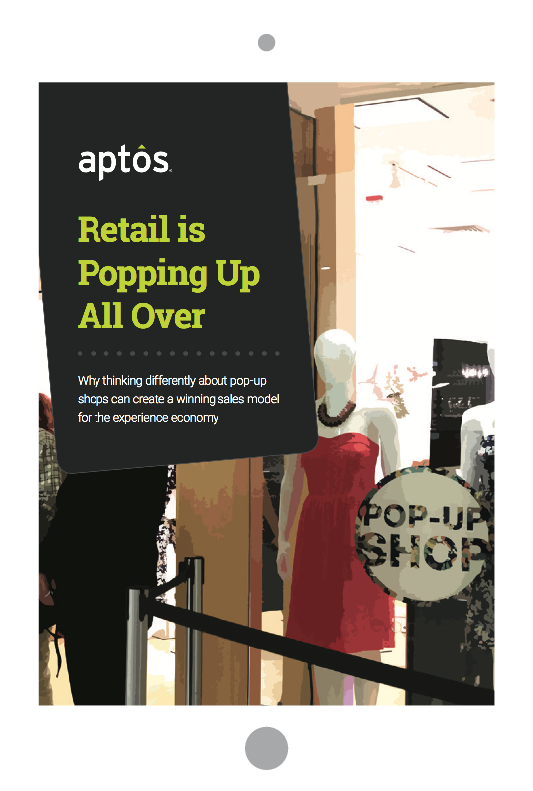


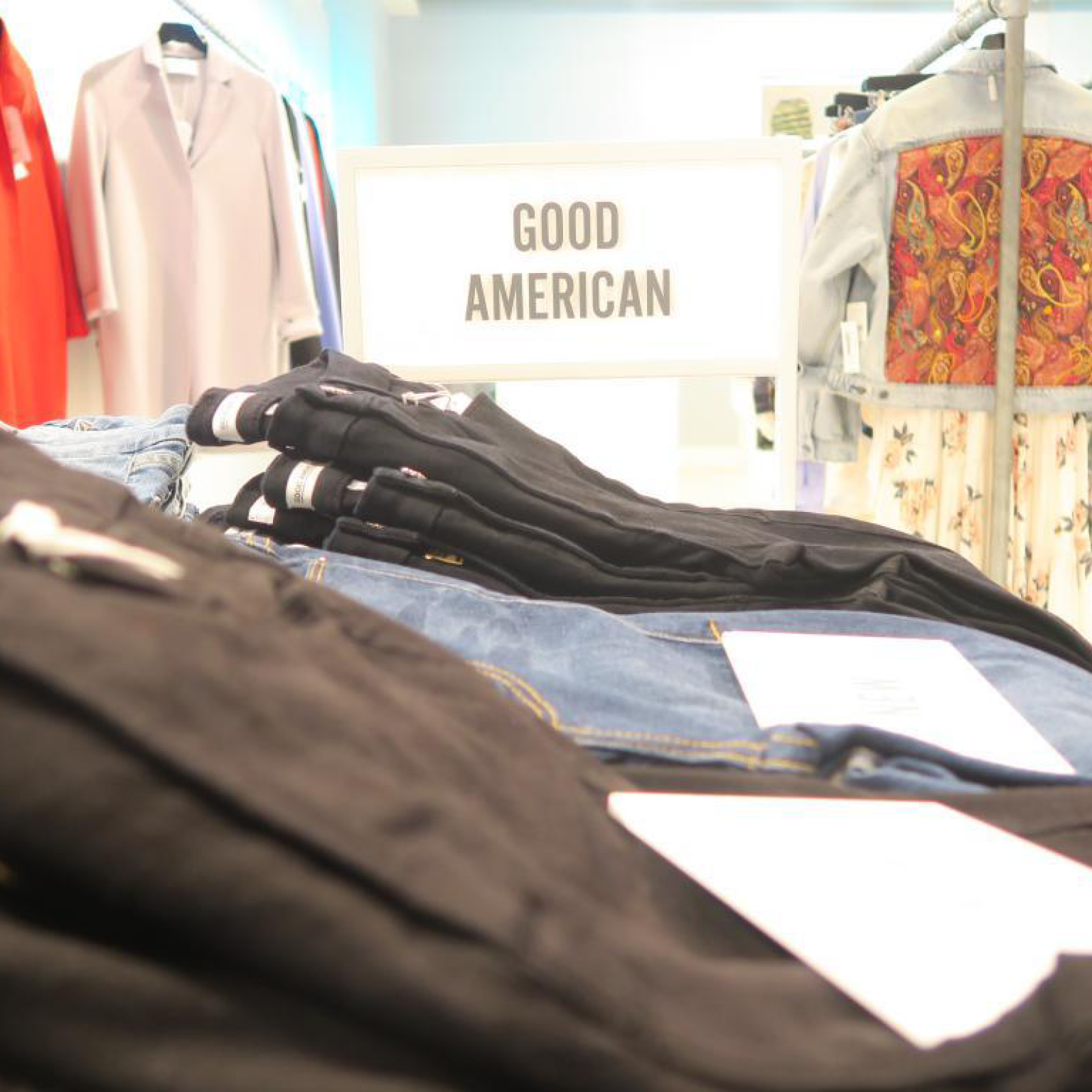
The value
you add to consumers’ lives.

REALLY KNOW
YOUR CUSTOMERS

Section Four Coming Up Next:

Retailers must prepare for “recombinant innovation,” which is the practice of using and recombining existing technologies to form completely new experiences and use cases. The key to adapting? Having a foundational technology platform to build upon.


Delight Customers


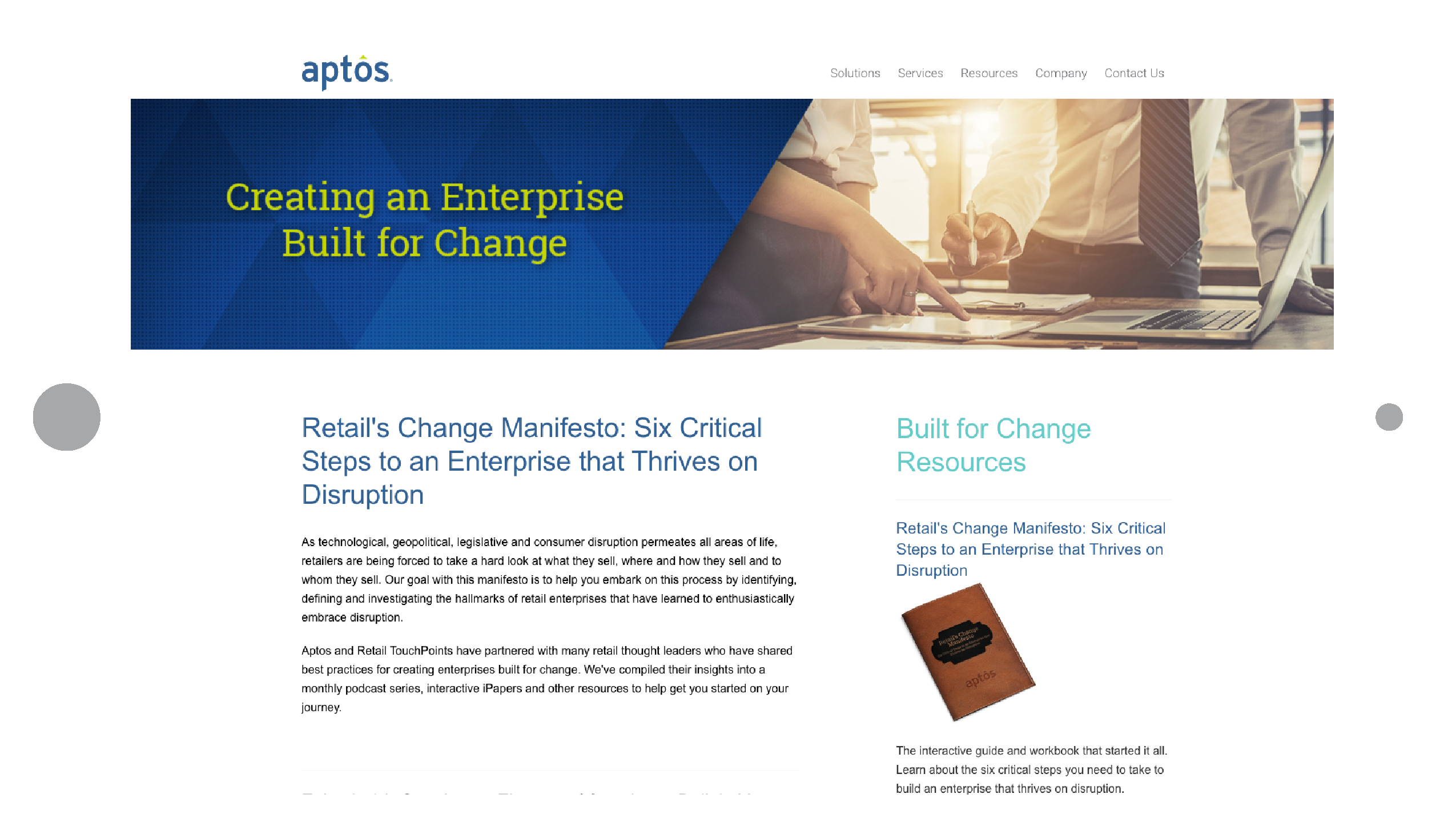



1/6
Read through the other steps and learn how to create an organization that's built for change.

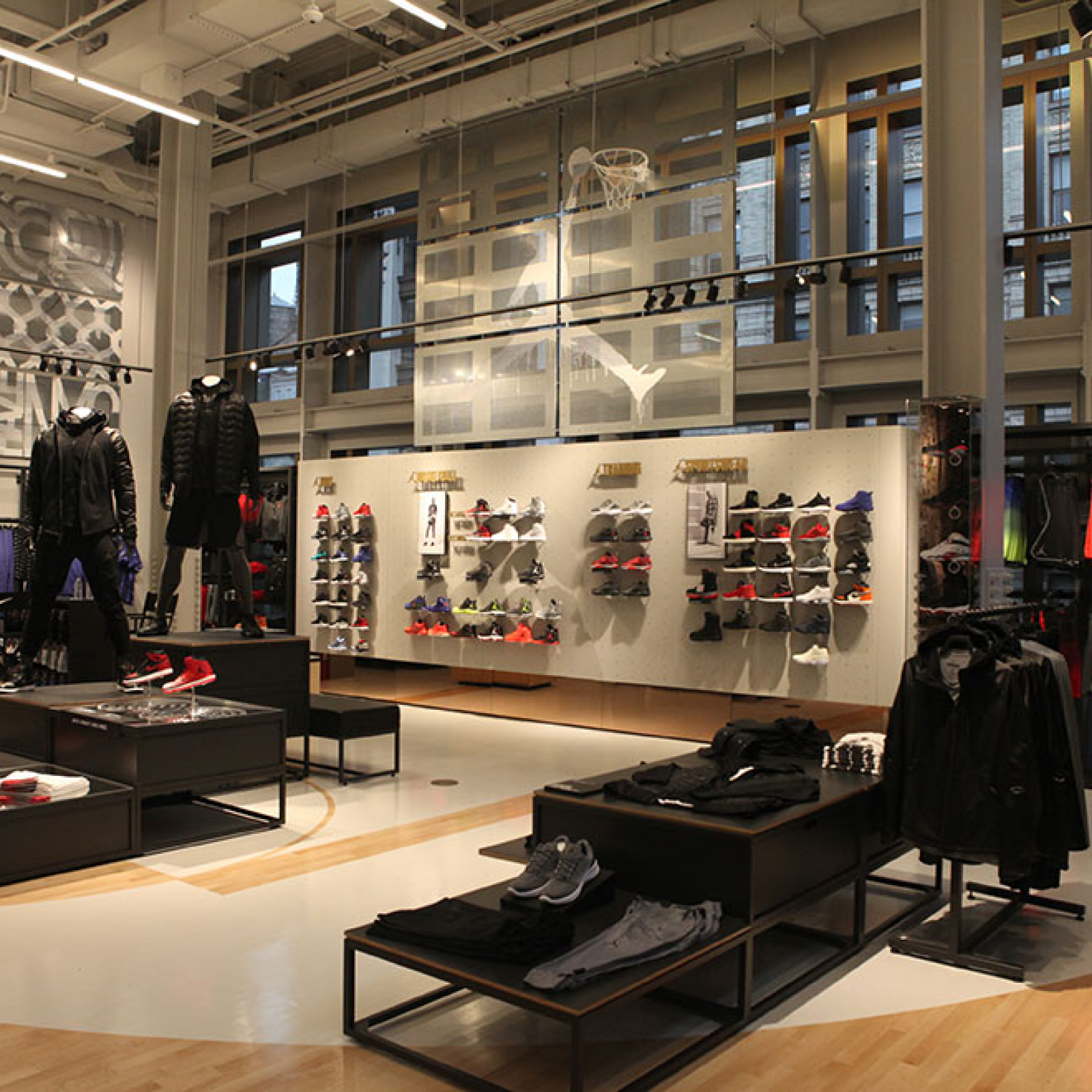








be digital first
Hover over the buttons


Customer personas are a great starting point for customer journey mapping, allowing you to walk in your customers' shoes as they interact across channels. Personas offer greater depth into what they're feeling as they go through each experience.
of people agree that “a good reputation may get me to try a product, but unless I come to trust the company behind the product, I will soon stop buying it.”


new school
NOUN


be global early
find your tribe
BAD RETAIL IS DEAD

Average annual personal-consumption-expenditure growth, 2014-16, %
foster an innovation mindset
THE ESSENCE
OF DELIGHT

MEGATREND 2
develop Tech-DNA
say retail companies provide a “good” customer experience today.